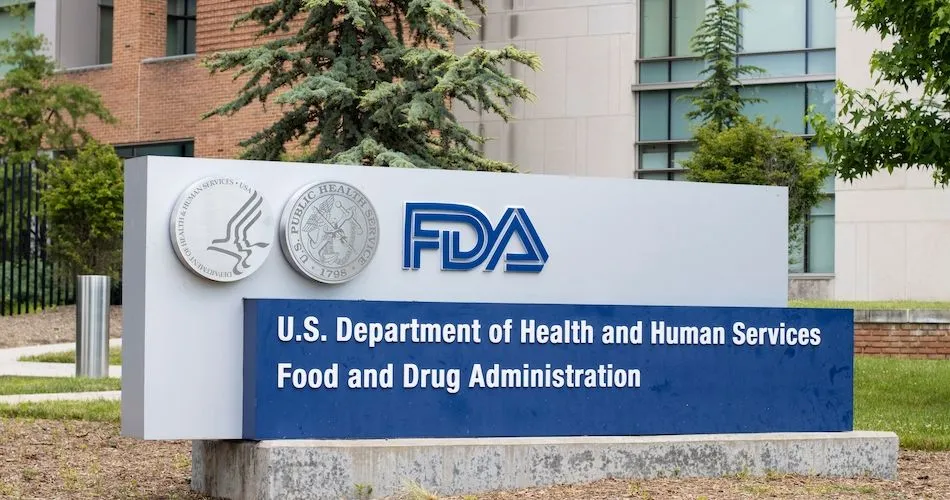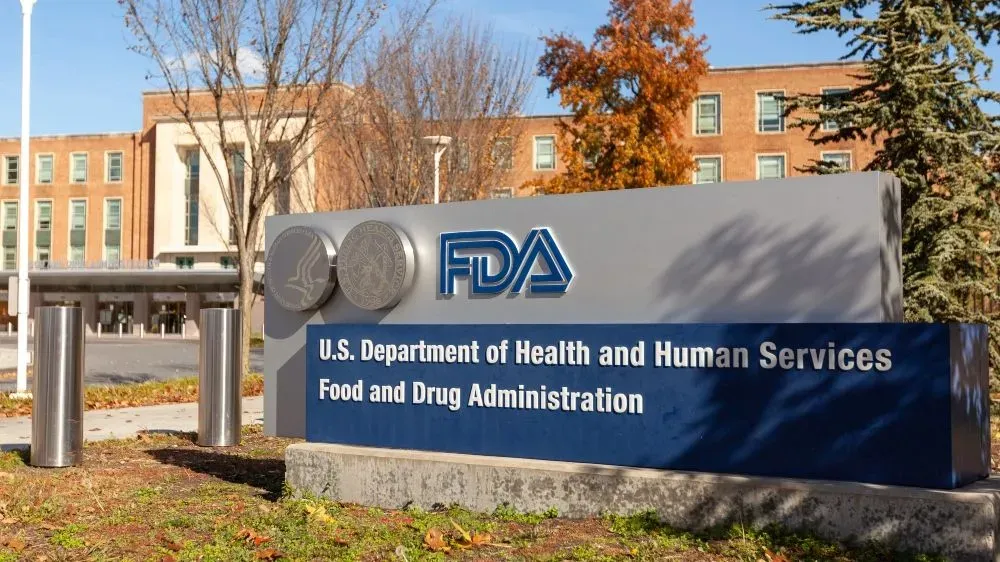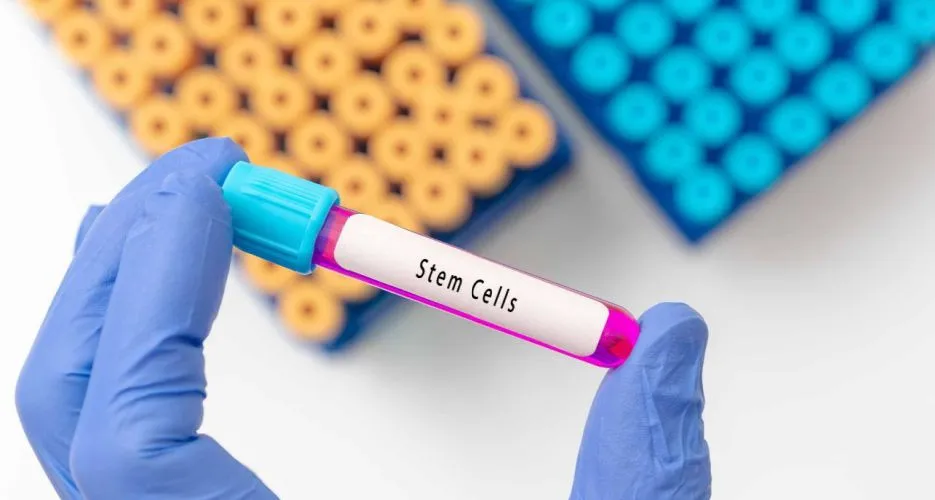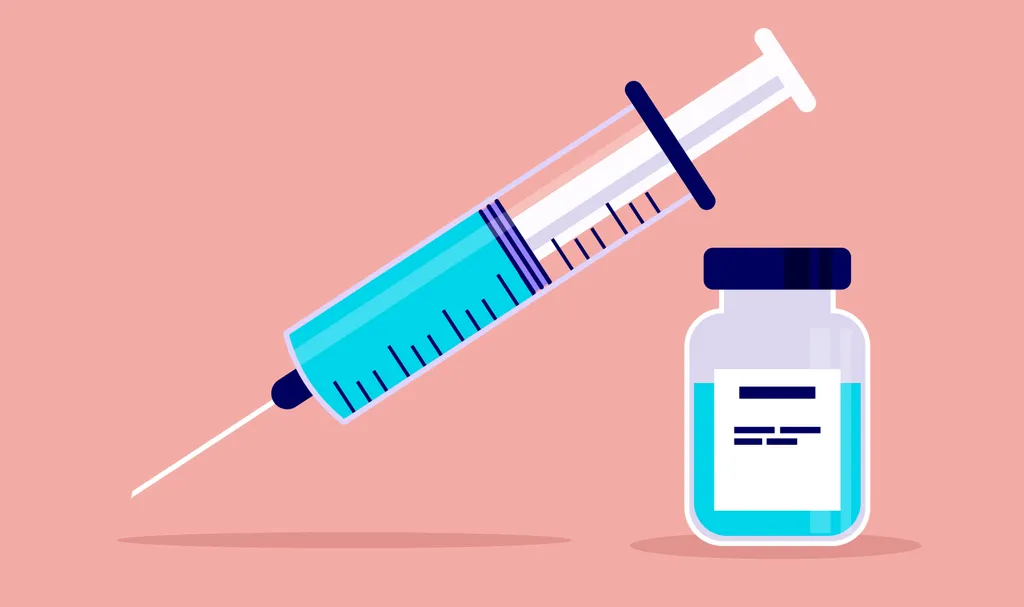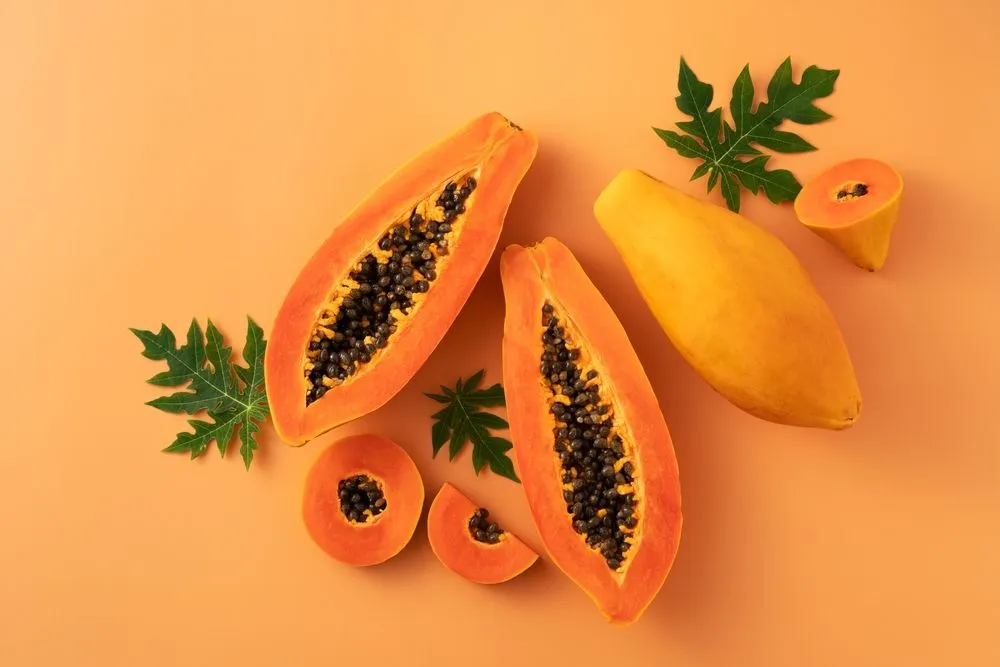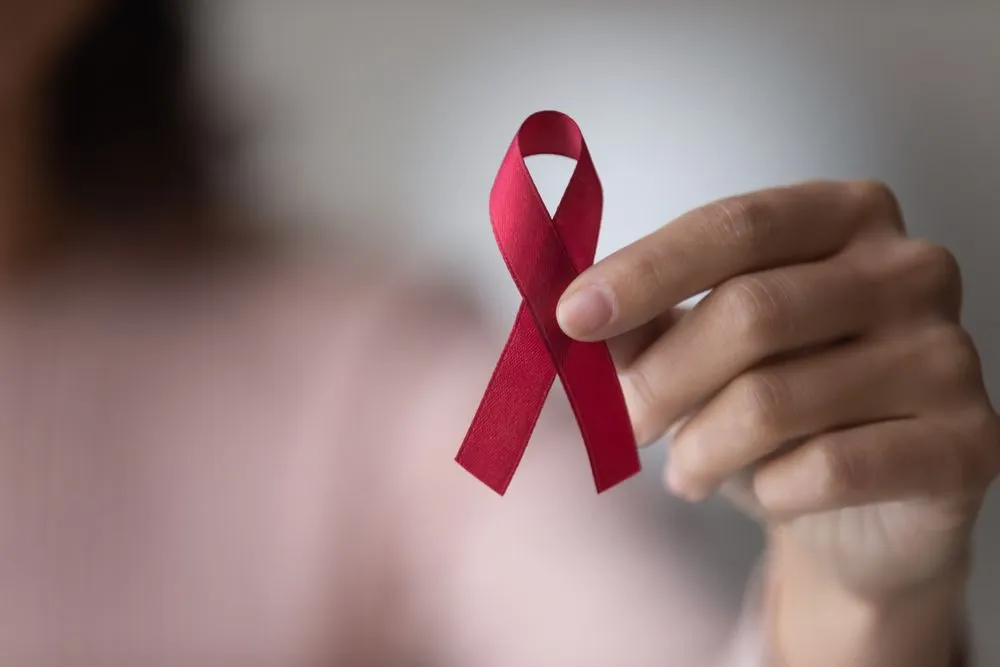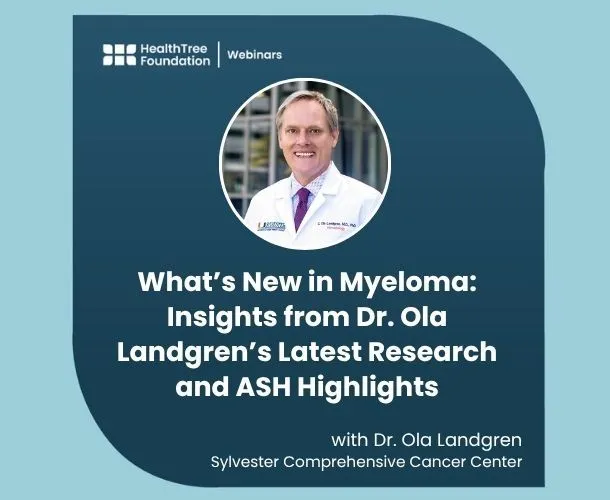What Fruits & Veggies Should You Buy Organic? The Dirty Dozen and the Clean Ten

BY HAILEY KOLTKO There are a lot of questions surrounding the purchase of organic foods. Is it worth the extra cost? Should all foods be organic? Is it just a hoax? The risk of nonorganic food stems from pesticide residue left on the food after harvest. Studies show that pesticides may lead to birth defects, nerve damage, cancer, and more. (Besides, does the image of eating foods that have had chemicals dumped on them sound appetizing? Probably not.) The severity of such effects depends on the toxicity and exposure to the pesticide. The truth about organic foods can be summed up by two categories: the Dirty Dozen and the Clean Fifteen. The Dirty Dozen The "Dirty Dozen" refers to the fruits and vegetables with high levels of pesticides. These foods should be purchased organic if possible.
- Apples – at least 99 % have residue
- Strawberries – contained 13 different pesticides each
- Grapes- contained 15 different pesticides
- Celery- 13 different pesticides per sample
- Peaches
- Spinach
- Sweet Bell Peppers
- Imported Nectarines – every sample tested positive for pesticides
- Cucumbers
- Cherry Tomatoes – contained 13 different pesticides each
- Imported Snap Peas – contained 13 different pesticides each
- Potatoes – had more pesticides by weight than any other food
The "Clean Fifteen" refers to the produce with lower levels of pesticides. This produce can be purchased in the conventional/local areas of supermarkets. All of the Clean Fifteen had less than four different types of pesticides. Only 5.5% of the Clean Fifteen tested positive for 2 or more pesticides. This means that they are safe and the risk is so low that it is not worth purchasing these organic.
- Avocados – cleanest produce with only 1% having detectable residue
- Sweet Corn
- Pineapples – 89% had no residue
- Cabbage
- Frozen Sweet Peas
- Onions
- Asparagus
- Mangoes – 88 % had no residue
- Papayas – 80% had no residue
- Kiwis – 82 % had no residue
- Eggplant
- Grapefruit
- Cantaloupe – 61% had no residue
- Cauliflower
- Sweet Potatoes
Every other fruit and vegetable lay within these ranges. They should be purchased with discretion. With this in mind, there will be fewer questions when it comes time to buy produce. Just remember the Dirty Dozen and the Clean Fifteen! For more information: Environmental Working Group's 2014 Shopping Guide (https://www.ewg.org/foodnews/summary.php) Environmental Protection Agency (EPA), Pesticides and Food: What You and Your Family Need to Know ( https://www.epa.gov/pesticides/food/)
BY HAILEY KOLTKO There are a lot of questions surrounding the purchase of organic foods. Is it worth the extra cost? Should all foods be organic? Is it just a hoax? The risk of nonorganic food stems from pesticide residue left on the food after harvest. Studies show that pesticides may lead to birth defects, nerve damage, cancer, and more. (Besides, does the image of eating foods that have had chemicals dumped on them sound appetizing? Probably not.) The severity of such effects depends on the toxicity and exposure to the pesticide. The truth about organic foods can be summed up by two categories: the Dirty Dozen and the Clean Fifteen. The Dirty Dozen The "Dirty Dozen" refers to the fruits and vegetables with high levels of pesticides. These foods should be purchased organic if possible.
- Apples – at least 99 % have residue
- Strawberries – contained 13 different pesticides each
- Grapes- contained 15 different pesticides
- Celery- 13 different pesticides per sample
- Peaches
- Spinach
- Sweet Bell Peppers
- Imported Nectarines – every sample tested positive for pesticides
- Cucumbers
- Cherry Tomatoes – contained 13 different pesticides each
- Imported Snap Peas – contained 13 different pesticides each
- Potatoes – had more pesticides by weight than any other food
The "Clean Fifteen" refers to the produce with lower levels of pesticides. This produce can be purchased in the conventional/local areas of supermarkets. All of the Clean Fifteen had less than four different types of pesticides. Only 5.5% of the Clean Fifteen tested positive for 2 or more pesticides. This means that they are safe and the risk is so low that it is not worth purchasing these organic.
- Avocados – cleanest produce with only 1% having detectable residue
- Sweet Corn
- Pineapples – 89% had no residue
- Cabbage
- Frozen Sweet Peas
- Onions
- Asparagus
- Mangoes – 88 % had no residue
- Papayas – 80% had no residue
- Kiwis – 82 % had no residue
- Eggplant
- Grapefruit
- Cantaloupe – 61% had no residue
- Cauliflower
- Sweet Potatoes
Every other fruit and vegetable lay within these ranges. They should be purchased with discretion. With this in mind, there will be fewer questions when it comes time to buy produce. Just remember the Dirty Dozen and the Clean Fifteen! For more information: Environmental Working Group's 2014 Shopping Guide (https://www.ewg.org/foodnews/summary.php) Environmental Protection Agency (EPA), Pesticides and Food: What You and Your Family Need to Know ( https://www.epa.gov/pesticides/food/)

about the author
Lizzy Smith
Lizzy Smith was diagnosed with myeloma in 2012 at age 44. Within days, she left her job, ended her marriage, moved, and entered treatment. "To the extent I'm able, I want to prove that despite life's biggest challenges, it is possible to survive and come out stronger than ever," she says.
More on Treatment Advances
Trending Articles
Upcoming Events




Get the Latest Multiple Myeloma Updates, Delivered to You.
By subscribing to the HealthTree newsletter, you'll receive the latest research, treatment updates, and expert insights to help you navigate your health.
Together we care.
Together we cure.
3x Faster.
